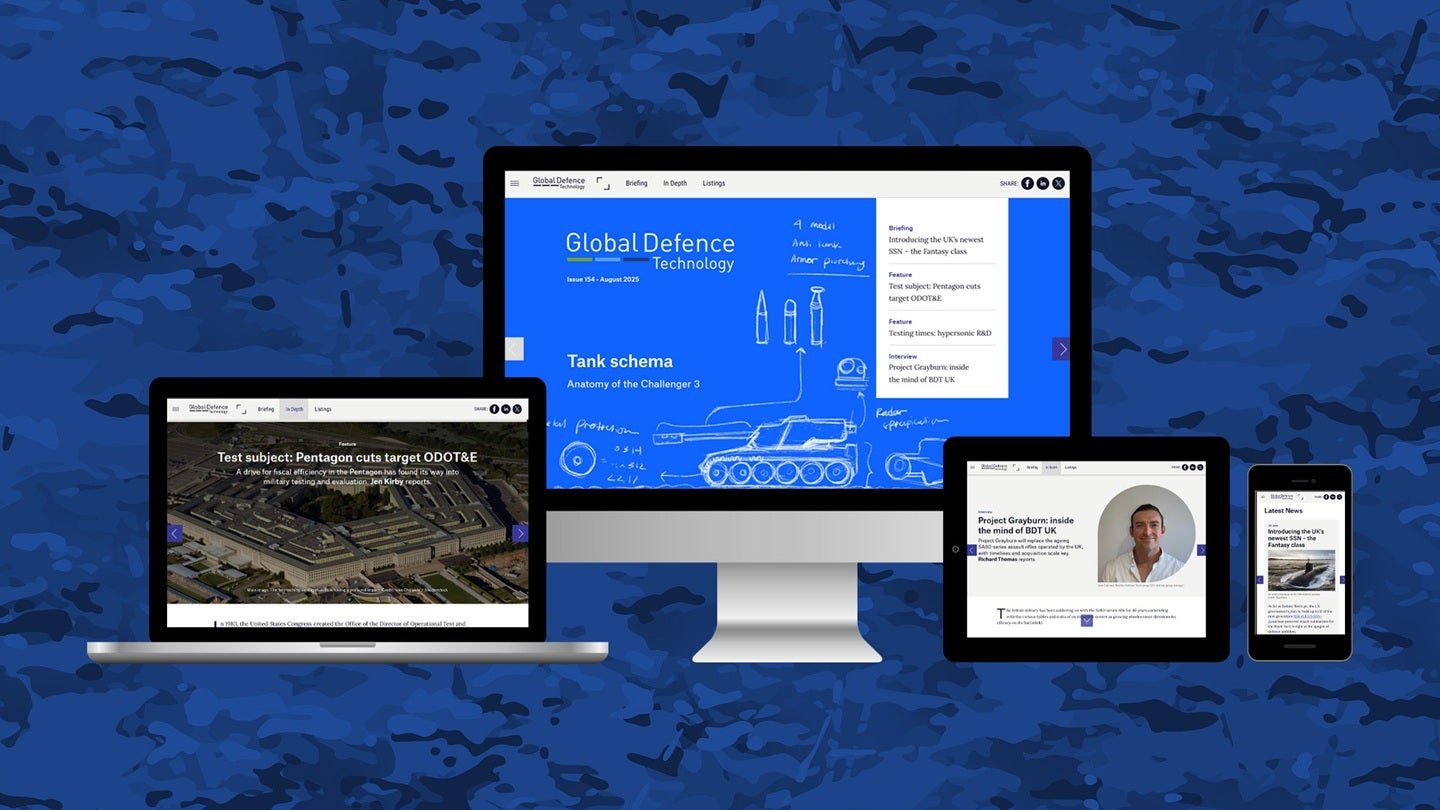Riding the Line: How Border Patrol Agents Combine High-Tech Tools with Traditional Horsemanship

The vast, rugged terrain along the U.S. border presents unique challenges. Where roads end and vehicles can't go, a dedicated group of Border Patrol agents continues a time-honored tradition: patrolling on horseback. But these aren't your grandfather's cowboys. Today's mounted agents seamlessly blend Old West grit with cutting-edge technology, creating a formidable force protecting our nation's borders.
The Enduring Legacy of Mounted Patrol
The Border Patrol's mounted unit dates back to the early days of the agency, and for good reason. Horses offer unparalleled access to remote areas – canyons, deserts, and dense brush – where vehicles simply can't navigate. Their agility and surefootedness allow agents to cover more ground and respond quickly to situations that might otherwise go unnoticed.
“The horse is an extension of our eyes and ears,” explains Agent Maria Rodriguez, a veteran of the mounted unit patrolling the Arizona border. “We can see and hear things from horseback that we’d miss in a vehicle. It’s a huge advantage, especially in these types of landscapes.”
Beyond the Saddle: Integrating Modern Technology
While the tradition of mounted patrol remains crucial, today's agents are far from relics of the past. They’ve embraced modern technology to enhance their effectiveness. Here's how:
- Advanced Communication Systems: Agents are equipped with secure radios and smartphones, allowing for constant communication with headquarters and other units. This real-time connectivity is vital for coordinating responses and sharing information.
- Thermal Imaging and Night Vision: These tools allow agents to detect individuals and vehicles in low-light conditions and at greater distances, significantly improving their ability to identify potential threats.
- Drones for Reconnaissance: Small, unmanned aerial vehicles (drones) provide a bird's-eye view of the terrain, allowing agents to scout ahead, identify potential crossing points, and track movements.
- GPS Tracking: GPS technology ensures agents can accurately track their location and navigate the vast, often featureless landscapes.
The Bond Between Agent and Horse
The success of the mounted unit isn't solely about technology; it's also about the unique bond between agent and horse. These horses aren't just modes of transportation; they are partners. Agents undergo extensive training to develop a deep understanding of their horses' behavior and capabilities. The horses, in turn, are carefully selected for their temperament, endurance, and ability to handle the demands of border patrol work.
“It’s a partnership built on trust and respect,” says Agent Rodriguez. “My horse, Diablo, he’s like a teammate. We rely on each other out there.”
Challenges and the Future of Mounted Patrol
Despite their effectiveness, mounted agents face ongoing challenges. The harsh desert environment takes a toll on both agents and horses, requiring careful attention to hydration, nutrition, and rest. Additionally, the increasing sophistication of those attempting to cross the border necessitates constant adaptation and innovation.
Looking ahead, the Border Patrol's mounted unit is likely to continue evolving, integrating even more advanced technologies while preserving the core values of horsemanship and perseverance that have defined it for generations. The combination of Old West grit and modern innovation ensures that these agents will remain a vital force in protecting our nation’s borders.






